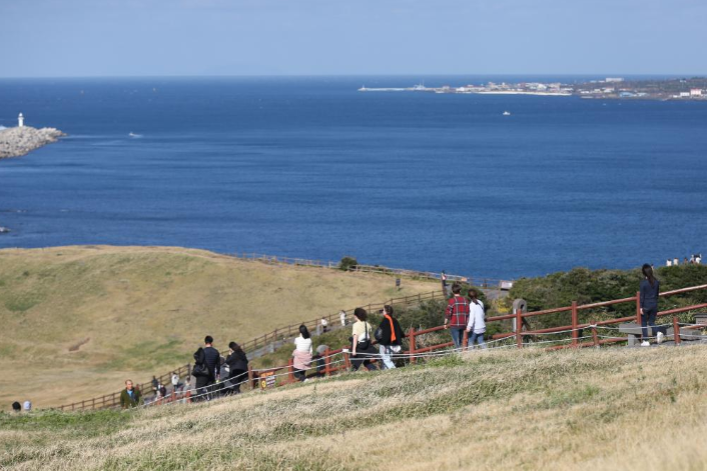Salvage crews stumble upon 16th century Dutch shipwreck

Salvage crews diving earlier this year in the murky waters of the North Sea in search of shipping containers that had been swept from a giant vessel during a storm stumbled upon an almost 500-year-old shipwreck that is being described as one of the most important ever found in Dutch waters.
The divers were looking for 345 containers that had been lost from the Panama-registered MSC Zoe during the Jan 2 storm when they located the 16th century wreck on the seafloor, still loaded with a cargo of copper.
“It’s the oldest seagoing ship ever found in Dutch waters,” the country’s Science and Culture Ministry said in a statement. “An immediate archaeological survey was started and researchers determined the wood dated from 1536.”
Maritime archaeologist Martijn Manders told the BBC the ship, which was built in 1540, was owned by the Fugger family, a fantastically rich German banking dynasty. He said the vessel offers an insight into a little-known chapter of Dutch shipbuilding.
“It’s the way the ship was built that’s very interesting because you have to think, 100 years later, the Netherlands was in the middle of its Golden Age, and this ship is from a transition period,” he said.
Some of the copper plates recovered from the wreck, still bearing the Fugger family crest,were put on display on Wednesday, when the ship’s discovery was revealed to the public for the first time.
Ingrid van Engelshoven, the Netherlands’ education, culture, and science minister, said the find was “spectacular and a real enrichment of Dutch cultural heritage”.
“This is indeed a silver lining to a dark cloud,” she said, referring to the ecological disaster caused by the MSC Zoe shedding its load. “I’m curious to see what else will surface.”
The ship was found close to the island of Terschelling in the Wadden Sea, off the north coast of the Netherlands.
Manders said it was constructed at a time when shipbuilders were moving away from the traditional style of overlapping timber that had dominated the industry up to that point toward flush-fitting joints. He said the ship has some old-style construction techniques and some newer features.
The vessel, which measures 30 meters by 7 meters, is thought to have been carrying around 5,000 kilograms of copper when it sank.
Manders said it was hauling copper from the Fugger family’s copper mines in modern-day Slovakia,via the Polish port of Gdansk, toward Antwerp, in Belgium, when it was lost.The metal was to have been minted into copper coins.
The Netherlands government says it will carefully study the wreck later this year and, in the interim, protect the site from scavengers.
































